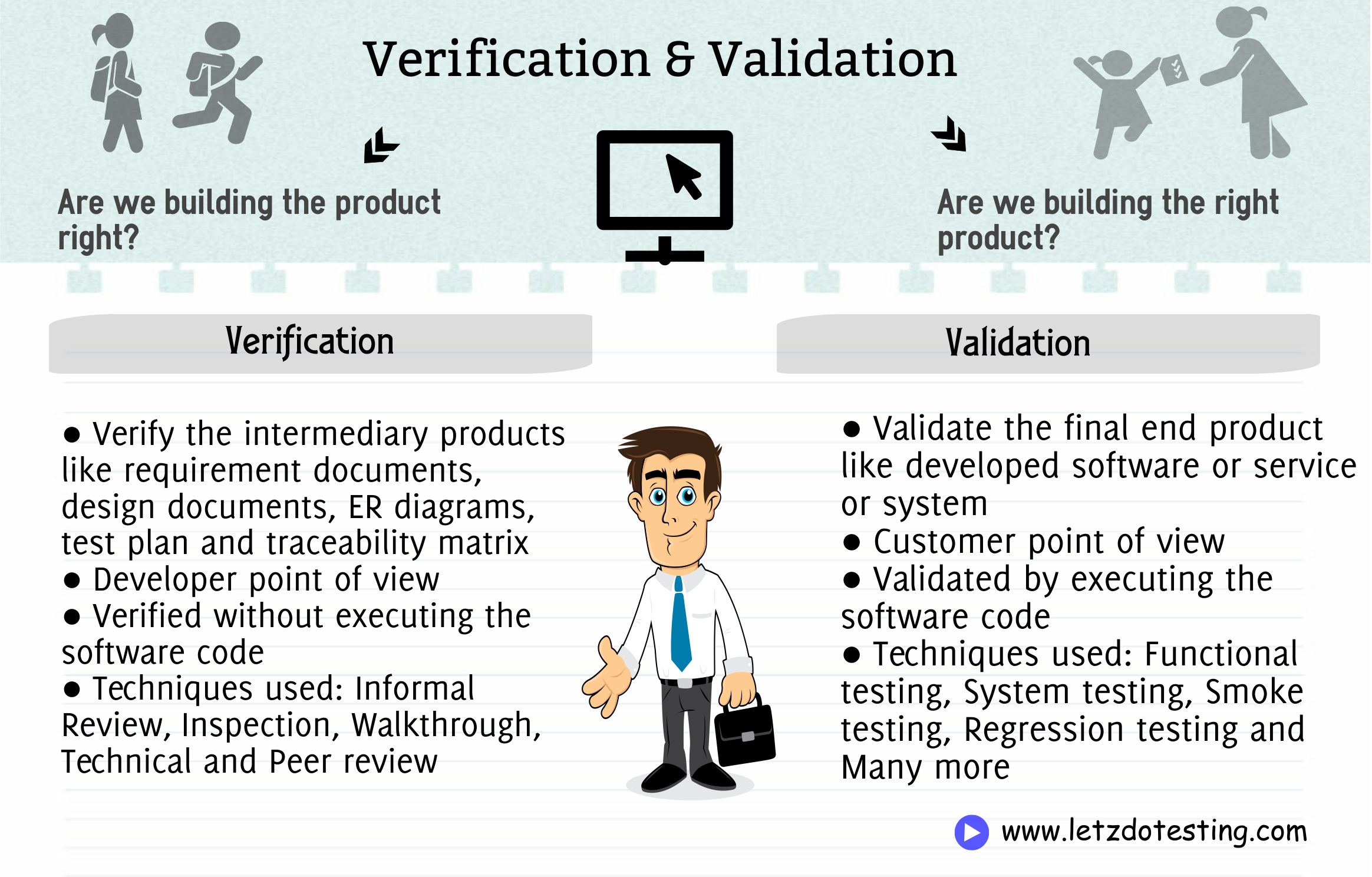Managing Cost and Creativity
페이지 정보

본문
When companies strive to stay ahead in a rapidly developing market, they often realize dealing with a major task: balancing cost and innovation.
On one hand, allocating funds to new and groundbreaking technologies can bring significant advantages, through better performance.
On the other hand, these allocations can be expensive, and optimizing prototype iterations companies may find it difficult to the cost.
One approach to balancing cost and innovation is to adopt a phased implementation approach.
In this way involves recognizing the most critical areas where new ideas can bring the most significant benefits, and allocating funds to those areas initially.
By focusing on the most critical goals, organizations can minimize their upfront costs while still achieving important advantages.
An additional key aspect is to focus on budget cuts.
In this way can involve simplifying processes, reducing overheads, and removing waste.
By doing so, businesses can free up resources to allocate to creativity, not increasing their total budgets.
Furthermore, businesses can also consider collaborating other firms or startups to access new innovations and knowledge not the need for significant spends.
By doing so can be an attractive option for smaller-sized companies that do not have the resources to develop their own cutting-edge solutions.
Innovation itself can also have a major role in managing expenses and creativity.
Several modern innovations, such as ML, can be implemented at a moderately affordable cost, while still providing vital results.
By leveraging these innovations, organizations can improve without overspending.
 Successful project management is also vital in balancing cost and innovation.
Successful project management is also vital in balancing cost and innovation.
In this way involves setting clear targets and deadlines, and regularly monitoring progress to ensure that prices are being regulated effectively.
Through doing so, organizations can lower the probability of going over budget, while still achieving their creativity objectives.
Finally, businesses should also consider the social effects of balancing cost and innovation.
In this way involves developing an culture that fosters skipping and risk-taking, while also confirming that costs are being controlled effectively.
Through doing so, companies can foster a culture of new ideas that is both creative and expense-effective.
In conclusion, managing expenses and creativity is a difficult task that needs careful examination of a array of variables.
By adopting a phased implementation, prioritizing expense reduction, collaborating other organizations, leveraging technology, effective project delivery, and creating a culture of innovation, businesses can attain significant benefits without overspending.
On one hand, allocating funds to new and groundbreaking technologies can bring significant advantages, through better performance.
On the other hand, these allocations can be expensive, and optimizing prototype iterations companies may find it difficult to the cost.
One approach to balancing cost and innovation is to adopt a phased implementation approach.
In this way involves recognizing the most critical areas where new ideas can bring the most significant benefits, and allocating funds to those areas initially.
By focusing on the most critical goals, organizations can minimize their upfront costs while still achieving important advantages.
An additional key aspect is to focus on budget cuts.
In this way can involve simplifying processes, reducing overheads, and removing waste.
By doing so, businesses can free up resources to allocate to creativity, not increasing their total budgets.
Furthermore, businesses can also consider collaborating other firms or startups to access new innovations and knowledge not the need for significant spends.
By doing so can be an attractive option for smaller-sized companies that do not have the resources to develop their own cutting-edge solutions.
Innovation itself can also have a major role in managing expenses and creativity.
Several modern innovations, such as ML, can be implemented at a moderately affordable cost, while still providing vital results.
By leveraging these innovations, organizations can improve without overspending.
 Successful project management is also vital in balancing cost and innovation.
Successful project management is also vital in balancing cost and innovation.In this way involves setting clear targets and deadlines, and regularly monitoring progress to ensure that prices are being regulated effectively.
Through doing so, organizations can lower the probability of going over budget, while still achieving their creativity objectives.
Finally, businesses should also consider the social effects of balancing cost and innovation.
In this way involves developing an culture that fosters skipping and risk-taking, while also confirming that costs are being controlled effectively.
Through doing so, companies can foster a culture of new ideas that is both creative and expense-effective.
In conclusion, managing expenses and creativity is a difficult task that needs careful examination of a array of variables.
By adopting a phased implementation, prioritizing expense reduction, collaborating other organizations, leveraging technology, effective project delivery, and creating a culture of innovation, businesses can attain significant benefits without overspending.
- 이전글The Most Hilarious Complaints We've Heard About Power Tools Sets 25.03.30
- 다음글The Most Inspirational Sources Of Single Metal Bunk Bed 25.03.30
댓글목록
등록된 댓글이 없습니다.

